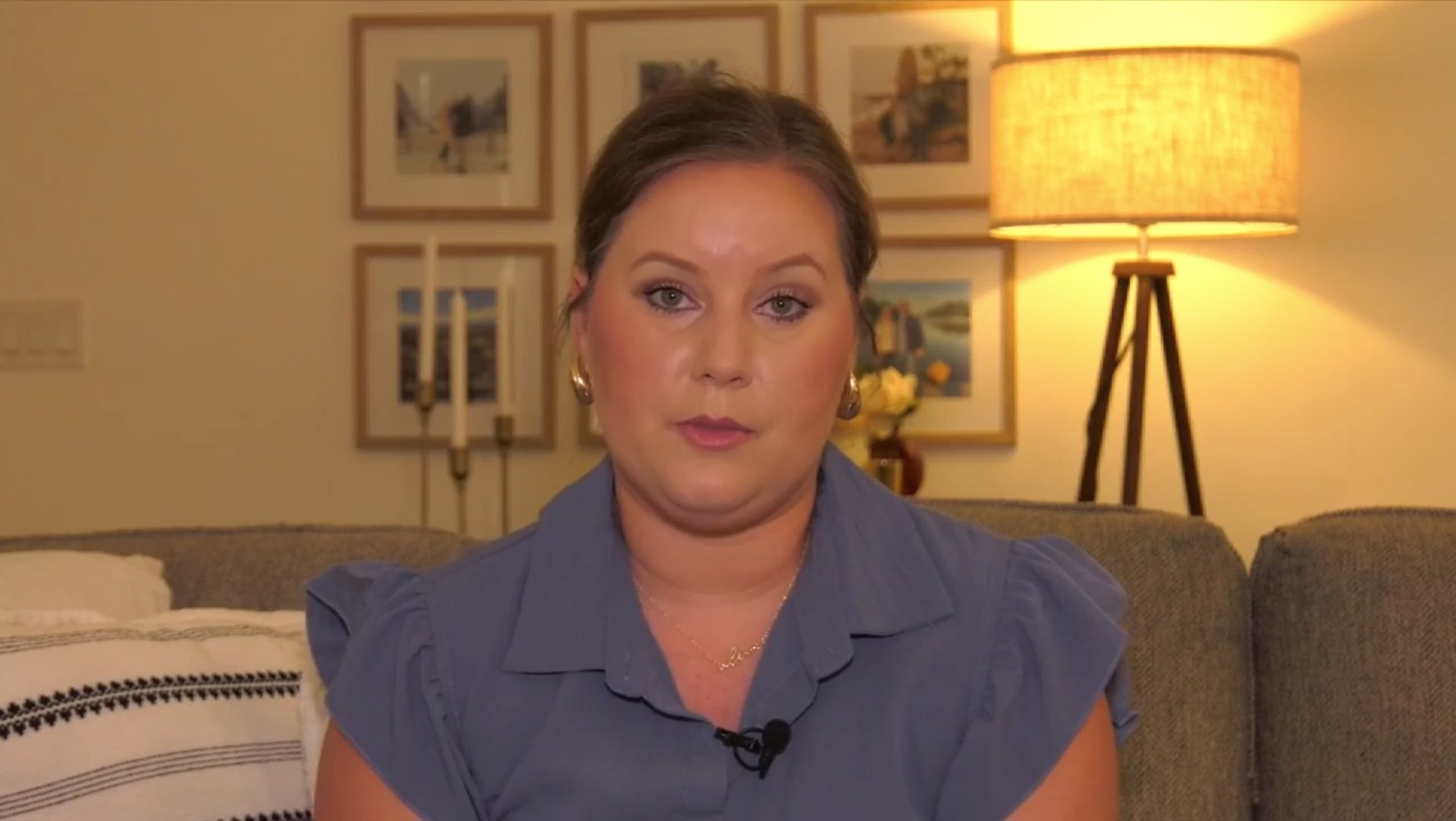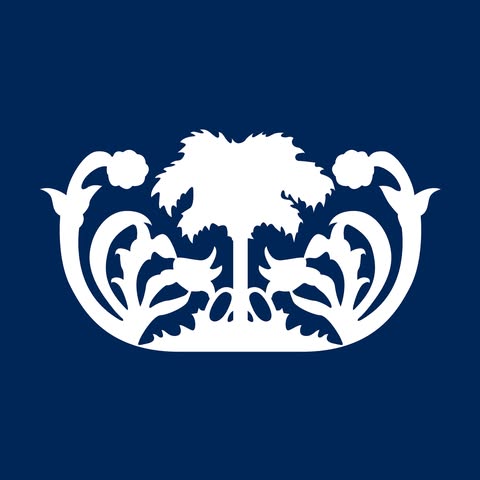
Charleston Museum
America's First Museum, est 1773. Its mission is to preserve & interpret Cultural and Natural history of Charleston and the SC Lowcountry America's First Museum, est.1773. Celebrating 250 years in 2023. TO EDUCATE CHARLESTON AREA RESIDENTS AND VISITORS ABOUT THE NATURAL AND CULTURAL HISTORY OF THE SOUTH CAROLINA LOWCOUNTRY THROUGH COLLECTIONS, EXHIBITIONS, PRESERVATION, CONSERVATION, RESEARCH AND RELATED PROGRAMMING.

Charleston Museum
The Charleston Museum, founded on January 12, 1773, is the oldest museum in the United States. Established by the Charleston Library Society, its initial purpose was to collect and study the natural history of South Carolina, aiming to enhance the agricultural and economic prosperity of the colony[1][2][3].
History
The museum's early collections were lost in a fire in 1778 but began again in the 1790s. Over the years, the museum changed locations several times within Charleston, including Chalmers, Broad, and Church streets, and the grounds of the Medical College (now MUSC)[2][3]. In 1852, the collection was acquired by the College of Charleston and housed in Randolph Hall. During this period, prominent naturalists such as Joel Poinsett and Francis Holmes contributed to the museum's growth[2][3].
In 1915, the museum was formally incorporated as The Charleston Museum and began identifying itself by this name. Paul Rea, who became the first official director, played a crucial role in making the museum independent of the College of Charleston[2][3].
In 1920, Laura Bragg was appointed as the museum's director, making her the first woman to lead a publicly funded art museum in the United States. Under her direction, the museum expanded education programs and acquired significant properties like the Heyward-Washington House[1][3].
The museum finally found a permanent home at its current location in 1980, allowing it to stabilize its collections and research facilities[1][3].
Collections and Exhibits
The museum's collection spans historic artifacts, natural history, decorative arts, and includes two historic Charleston houses: the Heyward-Washington House and the Joseph Manigault House. The museum also manages The Dill Sanctuary, a wildlife refuge on James Island[1][4].
Some notable exhibits and collections include:
- Lowcountry History Hall: Materials related to Native Americans, colonists, and enslaved people in South Carolina.
- Bunting Natural History Gallery: Fossils, specimens, bird and animal mounts, and geological examples showcasing Lowcountry natural history.
- Loeblein Gallery of Charleston Silver: Works by prominent silversmiths from the colonial to the Victorian era.
- Historic Textiles Gallery: Rotating exhibitions featuring historic costumes and textiles[4].
Impact and Legacy
The Charleston Museum is recognized for its contributions to preserving and celebrating the cultural and natural heritage of the South Carolina Lowcountry. With over two and a half centuries of history, it continues to be a significant educational institution, offering a wide range of exhibitions and programs to inspire curiosity about the region's rich history and natural environment[1][4][5].
Edit WikiFounded
1915
18000
X (Twitter)
8692
Traffic
1044237
Charleston Museum
From Social media
News about from their social media (Facebook and X).
Data about organisation
History Museums Category
Organisations with similar rank to Charleston Museum in category History Museums

112. EDSEL & ELEANOR FORD HOUSE
Wander.
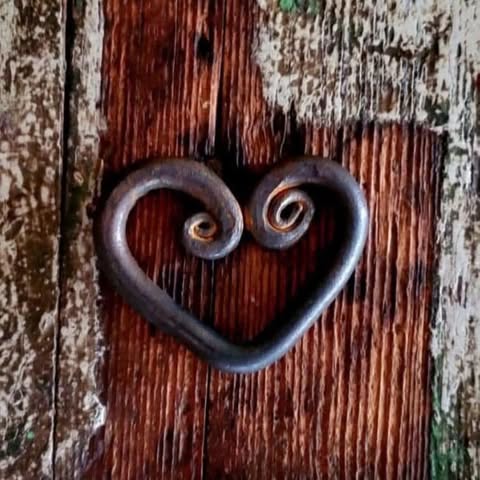
The Historic Village at Allaire is a non-profit, living history museum, located in Farmingdale, New Jersey.

America's First Museum, est.

115. The Musicians Hall of Fame and Museum
The Musicians Hall of Fame is open in the first floor of the Nashville Municipal Auditorium.
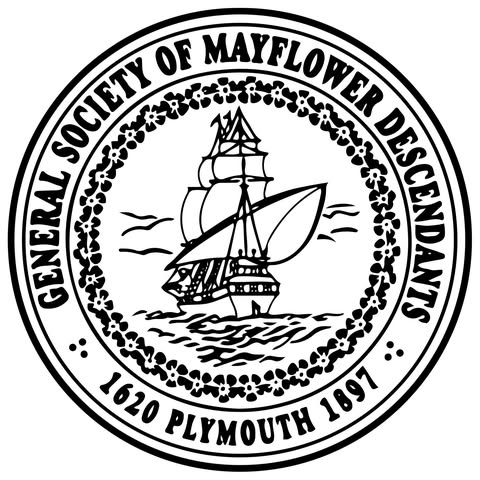
116. General Society of Mayflower Descendants
The General Society of Mayflower Descendants honors the 102 passengers who arrived on the Mayflower.
Charleston
Organisations from Charleston Museum
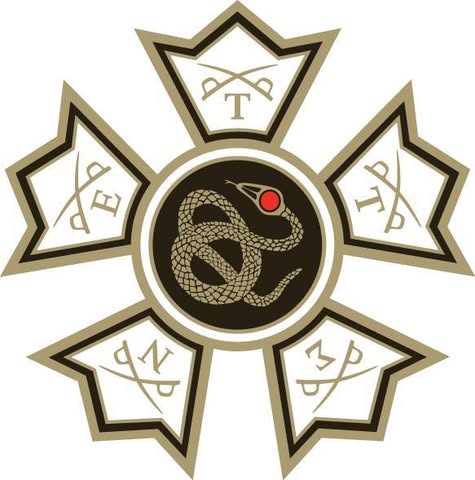
Excelling with Honor.

51. Charleston Southern University
Charleston Southern University - Integrating Faith in Learning, Leading, and Serving.

America's First Museum, est.
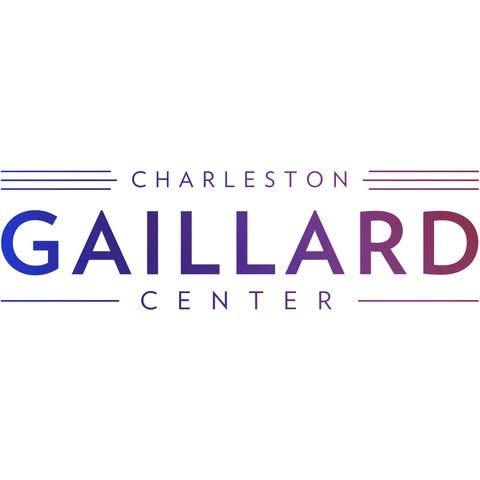
53. Charleston Gaillard Management Corporation
World-class performance hall with an elegant venue space located in downtown Charleston, SC.
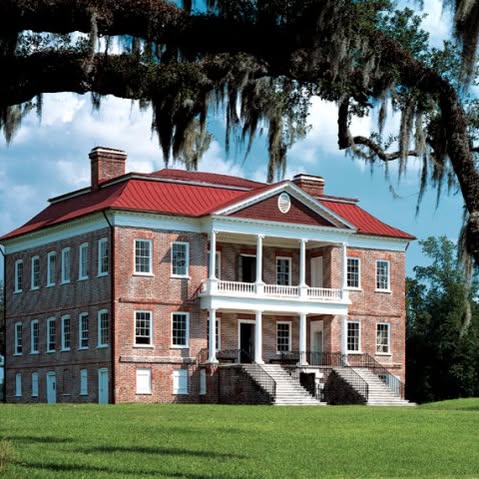
54. Drayton Hall Preservation Trust
America's oldest preserved plantation home open to the public.
Similar organisations
Similar organisations to Charleston Museum based on mission, location, activites.
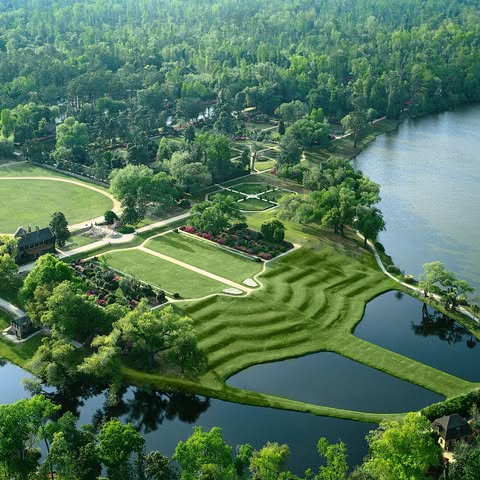
A National Historic Landmark and home to the oldest landscaped gardens in America.
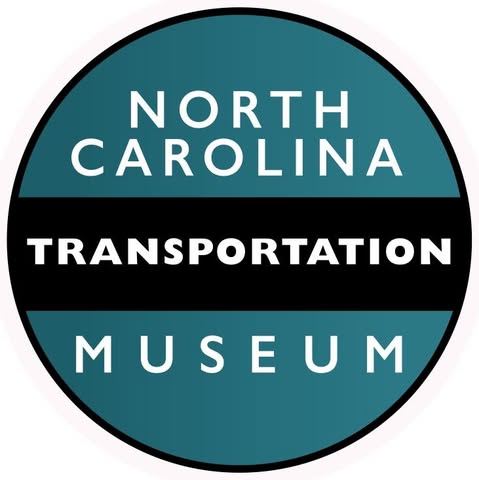
North Carolina Transportation Museum Foundation
This 60-acre site is filled with immersive exhibits & special events.

Using history to build community.
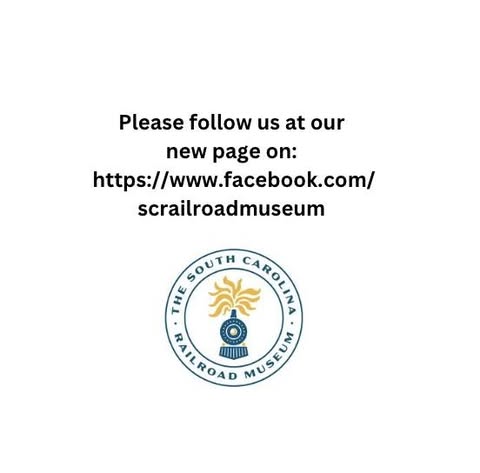
The South Carolina Railroad Museum Inc
News, information, and happenings on the Rockton Rion & Western Railroad, a non-profit volunteer operation owned by the SCRM.
Similar Organisations Worldwide
Organisations in the world similar to Charleston Museum.

From ancient burial mounds and a Roman crossroad to a medieval priory and royal palace.

The Textile Museum will reopen on 24 April 2025.

The Textile Museum will reopen on 24 April 2025.
Interesting nearby
Interesting organisations close by to residence of Charleston Museum

A National Historic Landmark and home to the oldest landscaped gardens in America.

Drayton Hall Preservation Trust
America's oldest preserved plantation home open to the public.

America's First Museum, est.
Similar social media (26692)
Organisations with similar social media impact to Charleston Museum

34996. Martin Memorial Medical Center Inc
Cleveland Clinic Florida in Weston is a non-profit, multi-specialty, academic medical center that integrates clinical and hospital care with research and education.

All donations are tax deductible PayPal https://www.

America's First Museum, est.
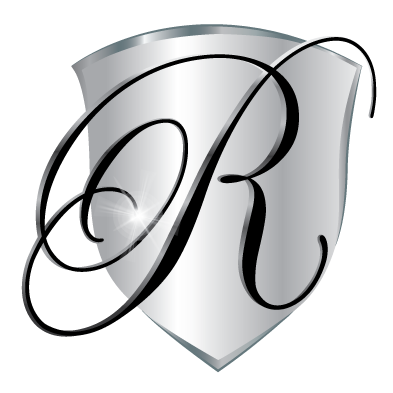
"It is our personal promise that any occasion celebrated with us will be an extraordinary and treasured event.
Similar traffic
Organisations with similar web traffic to Charleston Museum
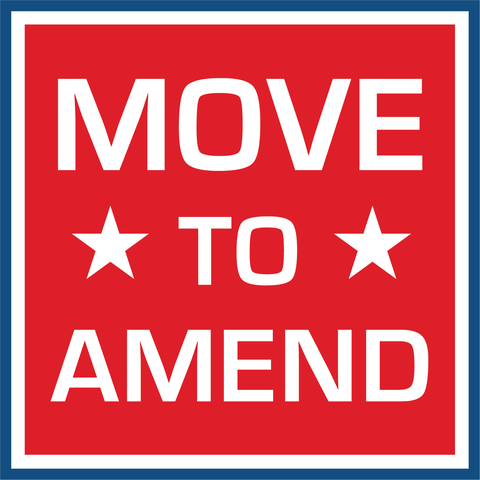
SIGN THE PETITION AT https://linktr.

America's First Museum, est.

69871. MARCUS CENTER FOR THE PERFORMING ARTS INC
Located in the heart of Milwaukee, the Marcus Center is a mission-based 501(c)3 organization that serves as the region’s world-class gathering place for all, showcasing the live performing arts.

69872. Automotive Service Association of Sioux Falls
ASA speaks with one voice for independent automotive mechanical & collision repair shops nationwide.
Join us and make a difference for the future!
Sign Up
Please fill in your information. Everything is free, we might contact you with updates (but cancel any time!)
Sign in with GoogleOr
Good News
🌸 Inspiring news from Florida! A breast cancer survivor shares her powerful story ahead of the Channel 7 Foundation's annual walk. Together, thousands will walk to raise awareness and fight against this disease. Let’s support this amazing initiative! 💖 #BreastCancerAwareness #FightCancer #WalkWithPurpose
Co-chair of the Channel 7 Foundation Making Strides Against Breast Cancer of Broward shares survival story ahead of annual walks - WSVN 7News | Miami News, Weather, Sports | Fort Lauderdale
7 News Miami
Like Comment








